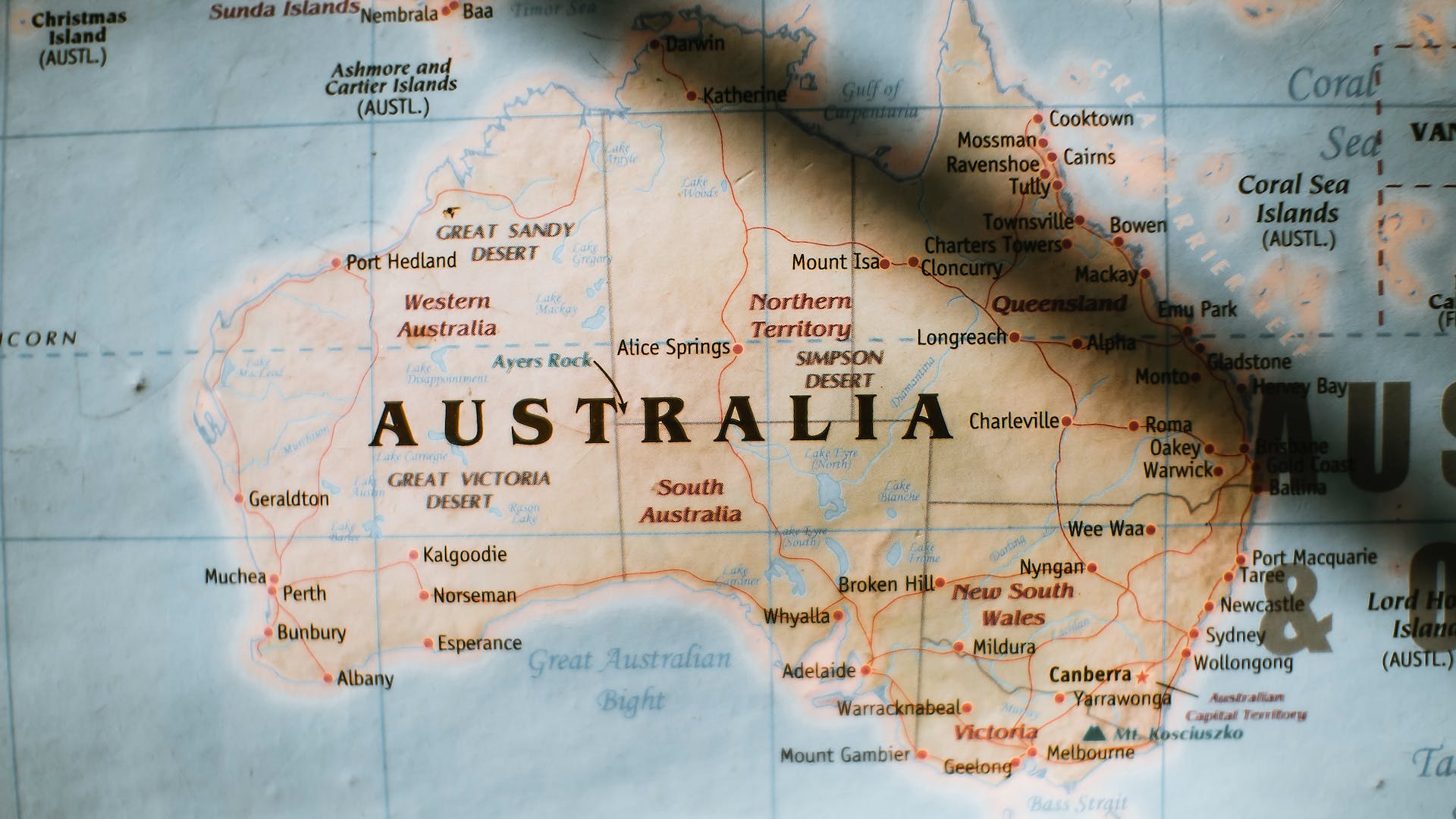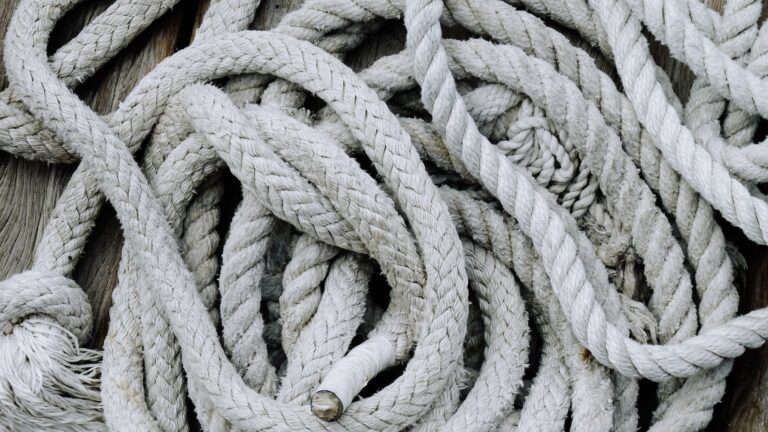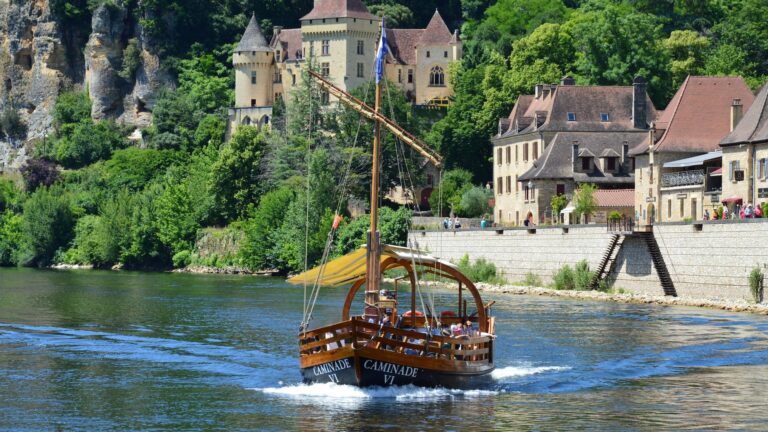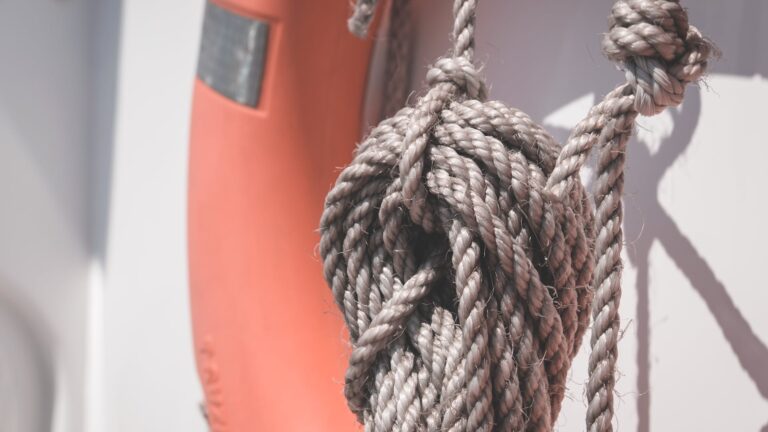What did old sailors use to navigate?
- Introduction
- History of Navigation
- The Hourglass
- The Quadrant
- The Compass
- Nautical Charts
- Other Tools Used on Ships
- The Emergence of Electronic Navigation
- Use of Celestial Navigation
- Conclusion
- References
Old School Sailing: Navigating the High Seas with Traditional Tools
Navigation has always been an essential part of sailing, and the tools and techniques used to navigate the high seas have evolved over time to fit the changing needs of sailors and their vessels. In this article, we’ll take a look at some of the traditional tools used by old-time sailors for navigating open waters, including an hourglass, a quadrant, a compass and a nautical chart.
## History of Navigation
Before modern navigation technologies such as GPS and radar became commonplace, navigating the open waters was a precarious task that relied heavily on the skill and experience of sailors who had spent years mastering their craft. For centuries, traditional navigation methods such as dead reckoning (using time, speed and direction) were used to determine position at sea, while primitive tools such as an hourglass or a quadrant were used to measure speed and direction in order to ensure accurate navigation during voyages that could last months or even years at a time.
## The Hourglass
The hourglass was an essential tool for measuring elapsed time on board ships before mechanical clocks became commonplace in the 19th century. It was simply constructed from two glass bulbs connected by thin glass tubes filled with sand or other fine materials which would slowly flow from one bulb to another over a predetermined period of time (usually 30 minutes). Hourglasses were often used alongside a half-minute glass which was able to measure smaller intervals for more precise calculations when navigating by dead reckoning, though they were by no means foolproof due to inconsistencies in the rate of sand flow from one bulb to another caused by changes in temperature or humidity at sea level.
## The Quadrant
The quadrant was another important tool used for navigation in olden days; it was essentially an arc-shaped ruler with gradations along its curved edge which could be used to measure angles relative to a fixed vertical plane (such as the horizon). This allowed sailors to accurately calculate latitude (distance north or south from the equator) by measuring the angle between their position and the sun or stars during daylight hours, or between their position and Polaris (the North Star) during night hours; this method is known as celestial navigation and is still sometimes used today when GPS signals are unreliable due to adverse weather conditions or interference from other electronic sources on board ships.
## The Compass
The magnetic compass is one of the oldest navigational instruments still in use today; it consists of a small magnetized needle that is mounted on a pivot point so that it can rotate freely when held near a magnetic field (usually generated by Earth’s magnetic north pole). This allows sailors to accurately determine their heading relative to true north regardless of their position on Earth’s surface; however, even modern day compasses must be regularly calibrated against true north in order for them to remain accurate over long distances due to gradual shifts in Earth’s magnetic field caused by solar activity and other environmental factors.
## Nautical Charts
Nautical charts are detailed maps which provide information about local sea conditions such as currents, tides, shoals, islands and reefs; they are invaluable for planning safe routes through bodies of water or avoiding hazardous areas altogether when navigating unfamiliar waters. Nautical charts have been around since ancient times but have become increasingly sophisticated over time thanks largely to advances in satellite imaging technology; modern day nautical charts are much more comprehensive than those used by old-time sailors but still require regular updates due to continuous changes in local sea conditions which can make them unreliable if left unchecked for extended periods of time.
## Other Tools Used on Ships
Other tools commonly found aboard ships during olden days included sextants (which were used for measuring angles between celestial bodies), lead lines (which were used for determining depth below sea level), barometers (which were used for measuring atmospheric pressure) and chronometers (which were highly accurate mechanical clocks which allowed sailors to calculate longitude more precisely than ever before). Although these tools are no longer necessary now that electronic navigation is commonplace, they still remain important pieces of maritime history which remind us just how far we’ve come since those early days at sea!
## The Emergence Of Electronic Navigation
The advent of electronic navigation systems such as GPS has revolutionized maritime travel since its introduction in the late 20th century; GPS receivers can accurately determine position anywhere on Earth within seconds thanks largely to advances in satellite communication technologies which allow them to receive signals directly from orbiting satellites equipped with highly accurate atomic clocks and powerful computer processors capable of making complex calculations extremely quickly without any human input required whatsoever! This makes navigating long distances both faster and easier than ever before while also eliminating much of the risk associated with traditional navigation methods such as dead reckoning which rely heavily on manual calculations being made correctly every single time they are performed – something that can be difficult even under ideal circumstances!
## Use Of Celestial Navigation
Celestial navigation has been around since ancient times but is still occasionally employed today whenever electronic navigational systems fail due to interference from other onboard equipment or otherwise become unreliable due inadequate satellite coverage; it relies on determining one’s position relative to celestial bodies such as stars or planets using special instruments such as sextants or octants rather than relying solely upon ground-based navigational aids such as lighthouses or buoys like traditional methods do. Celestial navigation requires careful observation combined with precise calculations based upon simple mathematical principles; although it may seem outdated compared with modern day GPS systems it remains an invaluable skill which could potentially save lives should all else fail!
## Conclusion
Old school sailing may seem like something out of an old movie but its importance cannot be understated – ancient navigational tools such as an hourglass, a quadrant, a compass and nautical charts played an integral role in allowing our ancestors access some parts unknown without fear becoming lost at sea forever! While electronic navigational systems certainly make navigating much easier than ever before there is something comforting about knowing how our predecessors managed using only these primitive yet reliable instruments – maybe we should take some inspiration from history instead of relying solely upon modern technology whenever possible?
References:
1) https://www2a-webdesignscomau/history/oldnavigationtoolsusedon_shipshtml
2) https://wwwmarineinsightcom/maritime-history/navigation-tools-used-in-olden-days/
3) https://wwwencyclopedia Britannicacom/science/navigation/navigational-instruments







